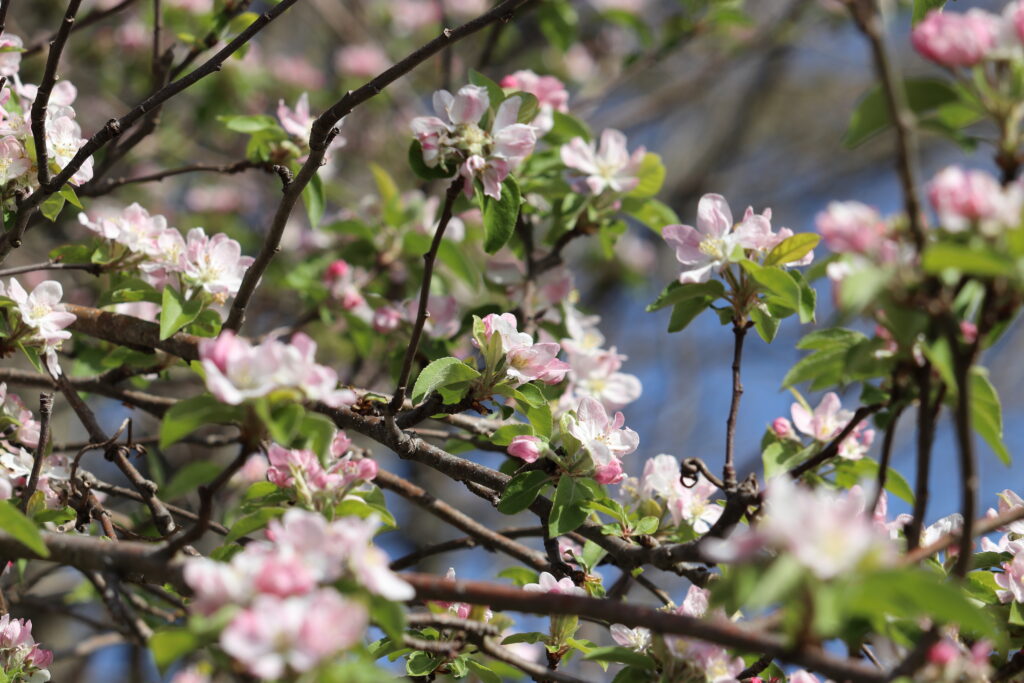
Here it is: the 10th day of May already! And the northward migration is well underway. I wonder how many people are even aware of the massive movement of birds that are winging their way north – at this time in the migration most of these are long-distance migrants; i.e., birds that are flying from Latin and even South America. Most fly at night and as we sink into oblivion and snore away, the sky is alive with these little creatures speeding north to their nesting grounds. For me, it’s a deeply moving thought. To get a handle on this movement, May 10th has been designated a “Big Day” – and encouragement for people to get outside and count as many birds and species as they can. A good way to get people to pay attention to the natural world around them. Some birders go at it competitively – who can see the most – but, hopefully, most people, birders or otherwise, use the time simply to take in the panorama of birds around them.
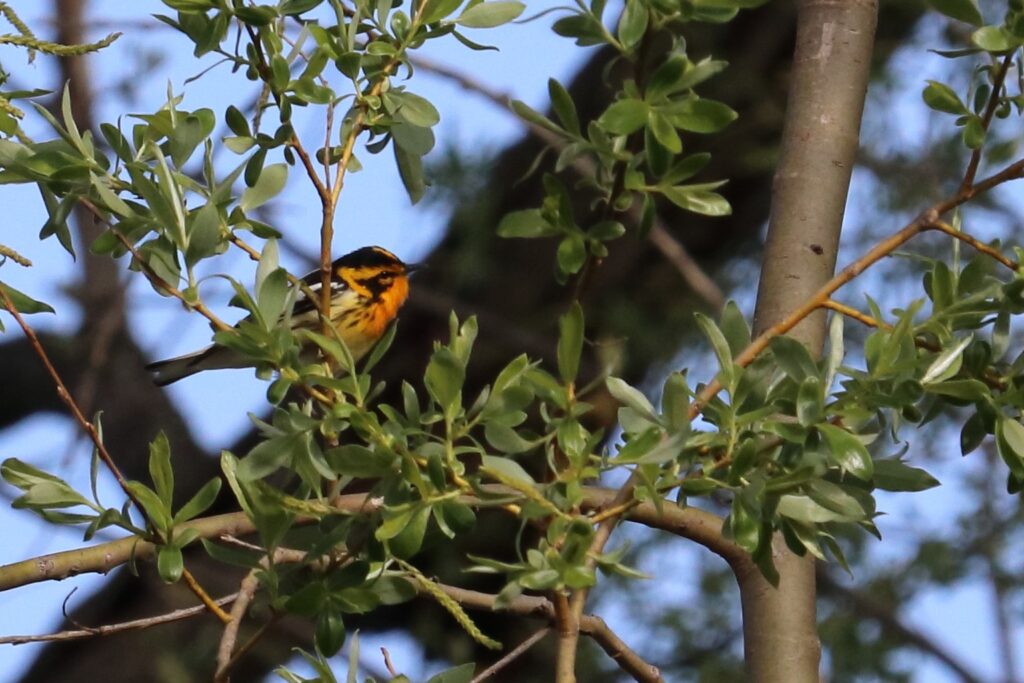
It’s been slow going at the Farm with low catches and not a lot of species sighted. My thinking is that these migrants don’t have a real reason to drop in here; they’ve got to get to the nesting ground as quickly as possible, males to carve out and defend a territory, females to find a mate with good attributes and territory and start to nest. After all, there isn’t a lot of time. So I would wager that migrants south of Lake Erie would, in good conditions, clear Erie and continue on to clear Lake Ontario and Toronto before dropping down to rest and feed. It’s not a particularly long arduous flight; e.g., a bird on the far shore of Lake Erie directly south of us would have to fly about 165 km to clear the city of Mississauga where it would then be able to find resting/feeding spots. Given that they fly around 30 km per hour, that’s less than a 6-hour flight – very doable. So I’m sure many migrants are just flying over us.
However, today – to help us celebrate Global Big Day – we had a plethora of migrants, especially warblers, drift through the treetops for a couple of hours. We were able to identify 14 species of warblers! Frustratingly, most of them stayed high in the willows and, although we got good looks at them, we weren’t able to hold them in our hands. And it’s a marvelous feeling to hold a little creature that you know has flown 2000+ km to get here, having traversed all kinds of obstacles, and will continue on for maybe another 500-1000 kilometers.
Banded 21;
1 Northern House Wren
1 Gray Catbird
1 American Robin
2 Lincoln’s Sparrows
1 Swamp Sparrow
1 Baltimore Oriole
1 Red-winged blackbird
2 Common Grackles
1 Northern Waterthrush
3 Nashville Warblers
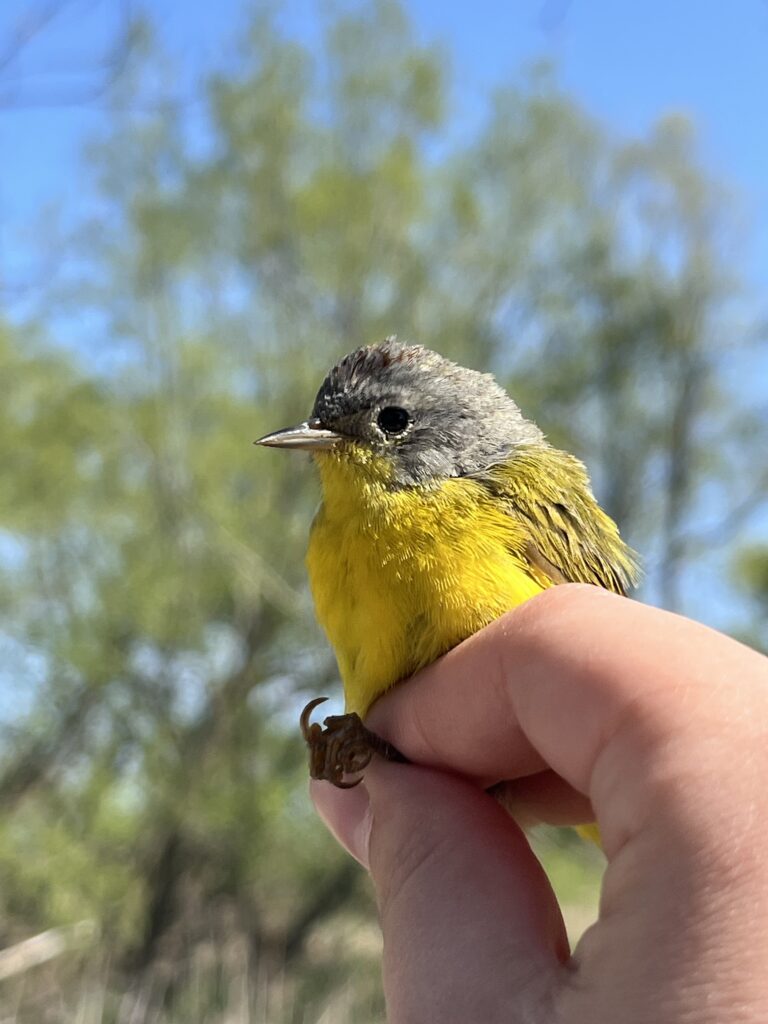
1 Common Yellowthroat
2 Yellow Warblers
4 Western Palm Warblers
ET’s: 57 spp.
Photos:
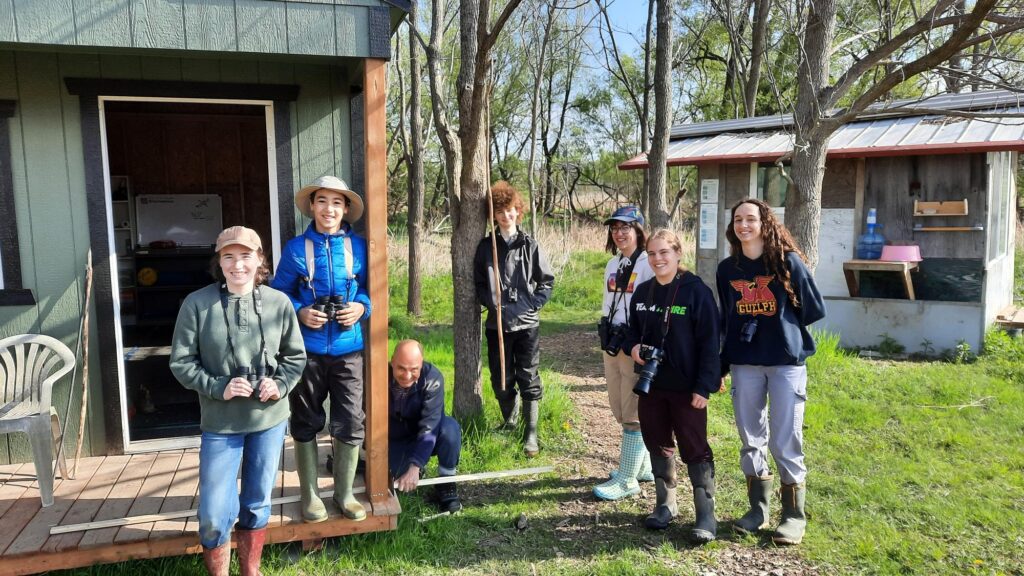

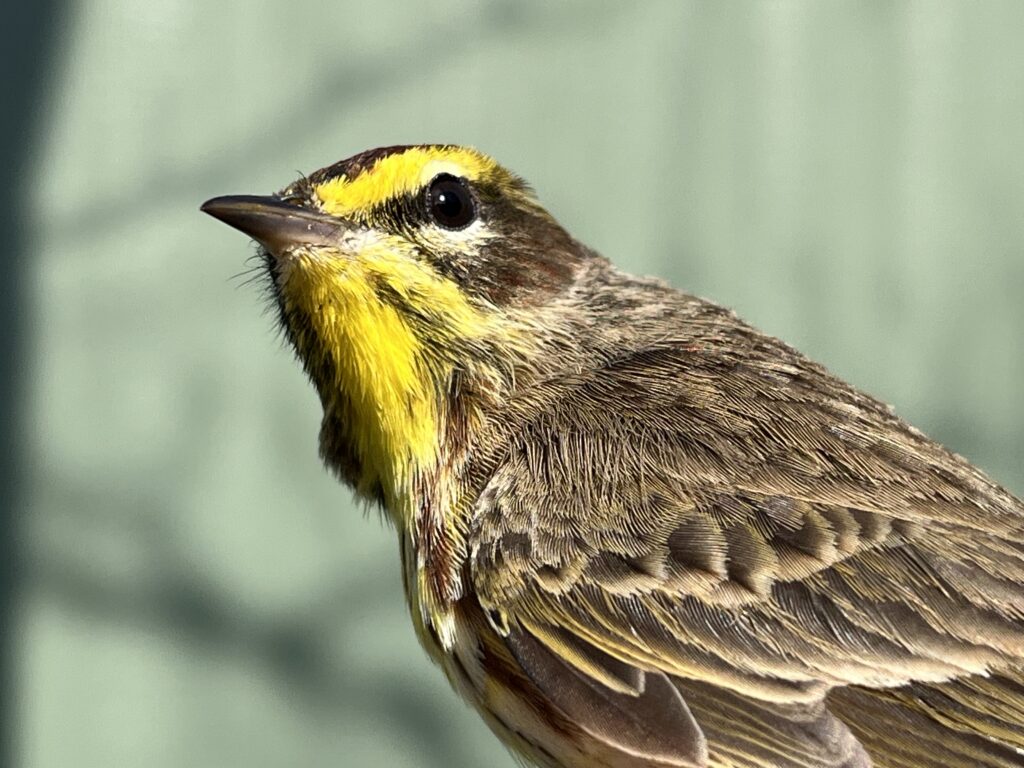
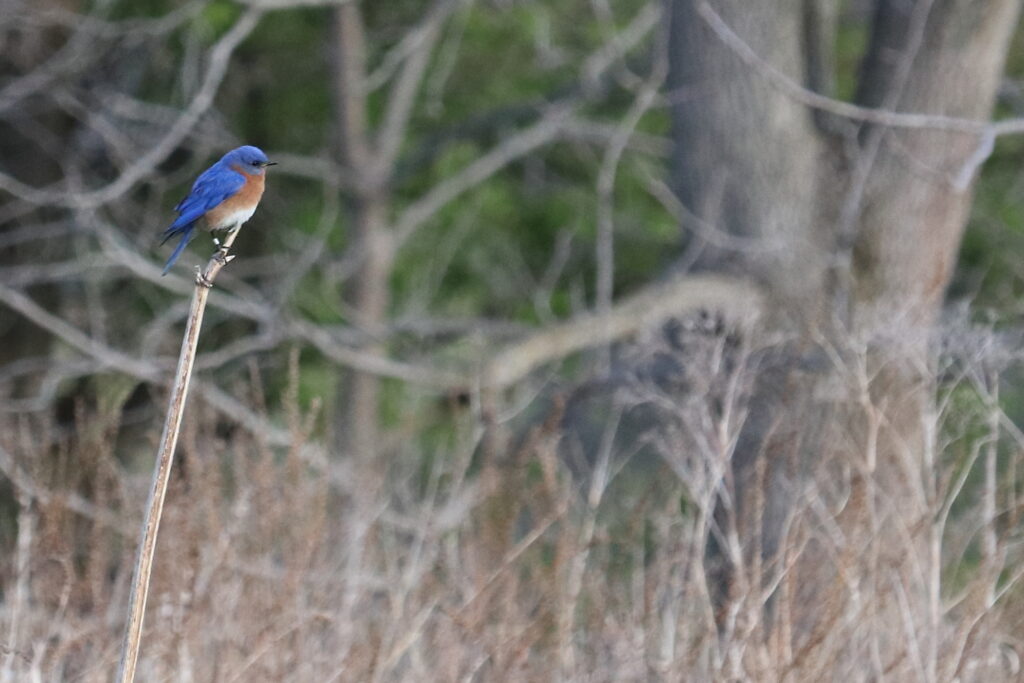
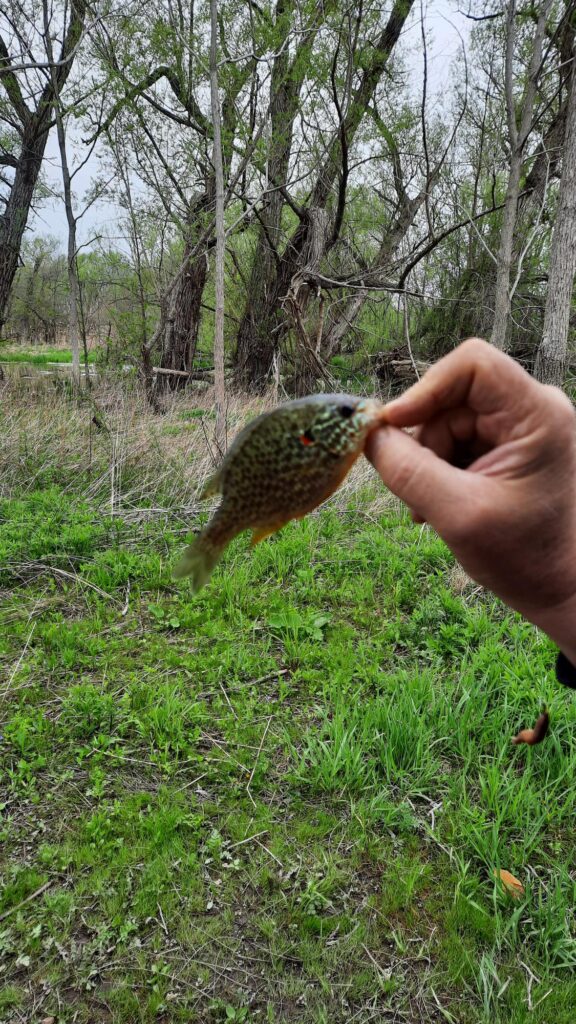
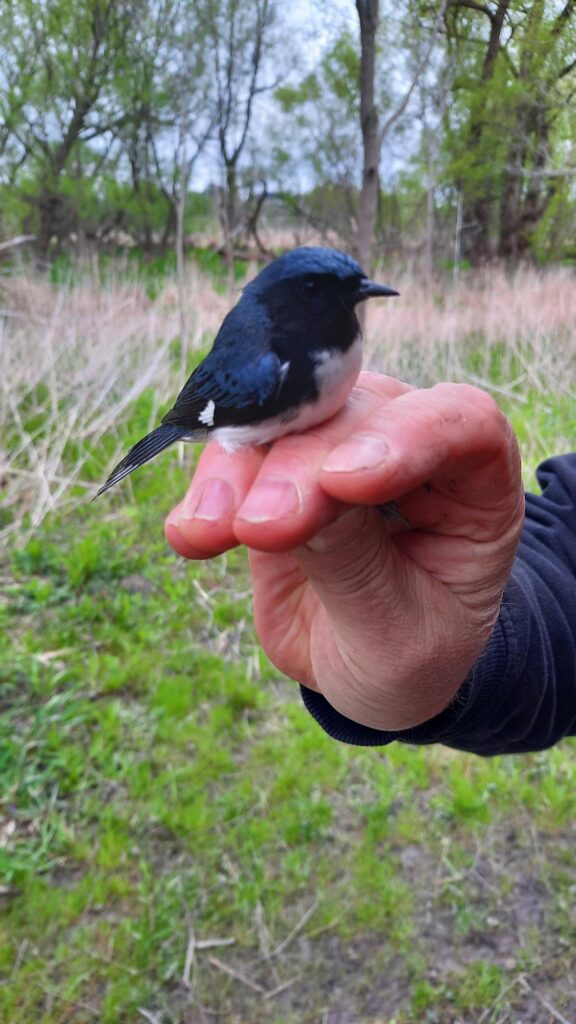
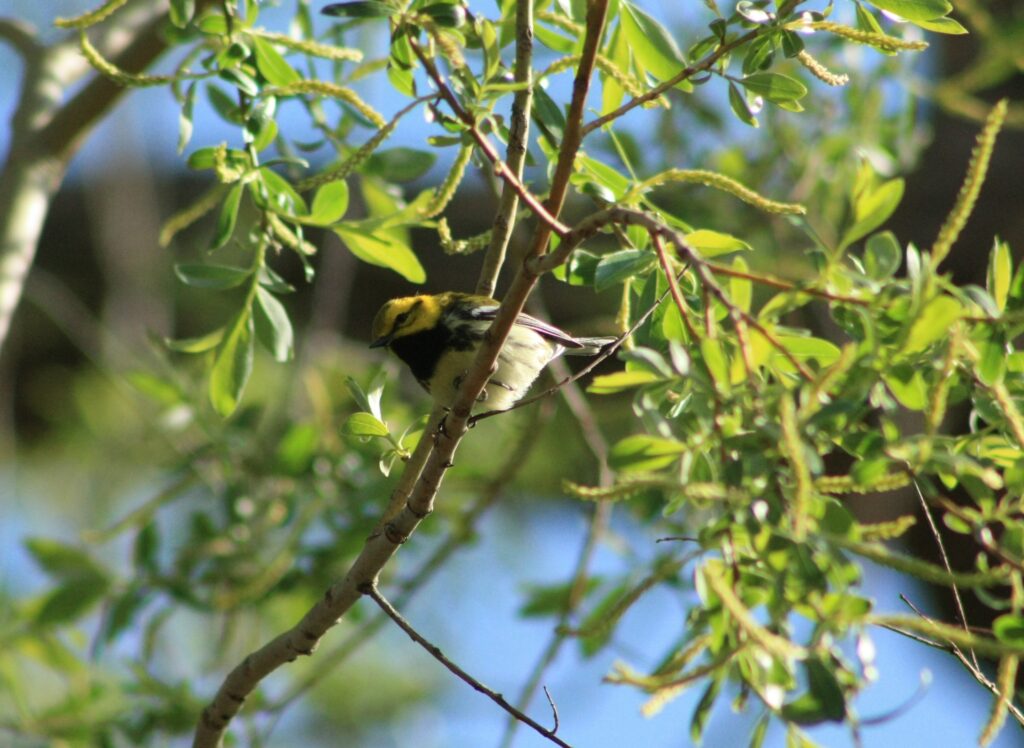
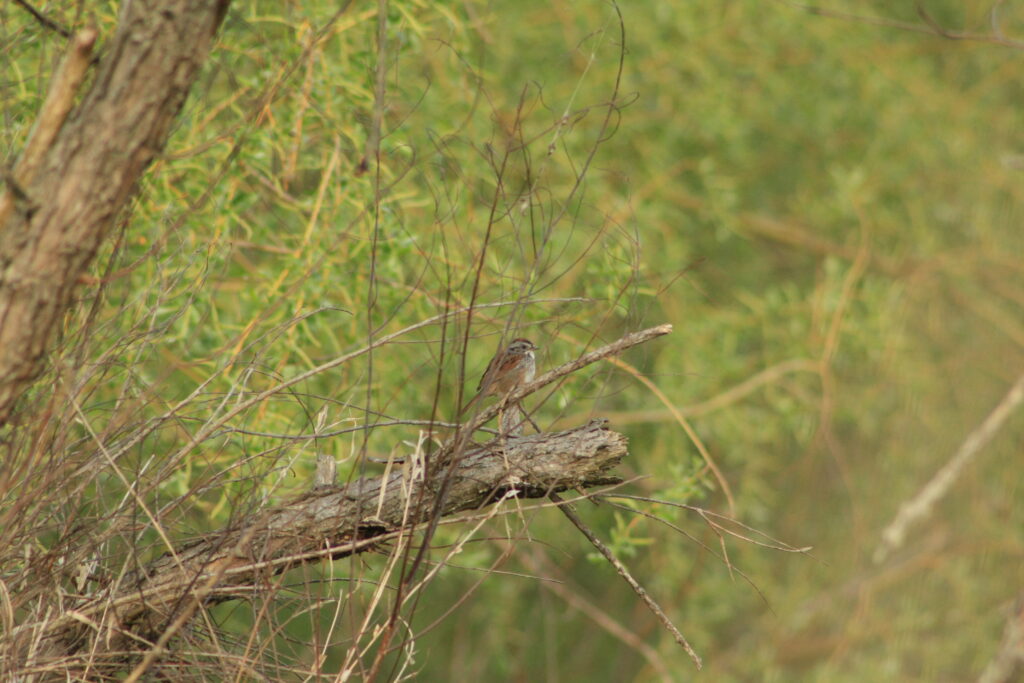
PS: And from today, the 11th; Banded 32::
1 Warbling Vireo
1 Northern House Wren
1 Gray Catbird
1 American Goldfinch
1 Lincoln’s Sparrow
2 Red-winged blackbirds
2 Nashville Warblers
1 Common Yellowthroat
2 Northern Parulas
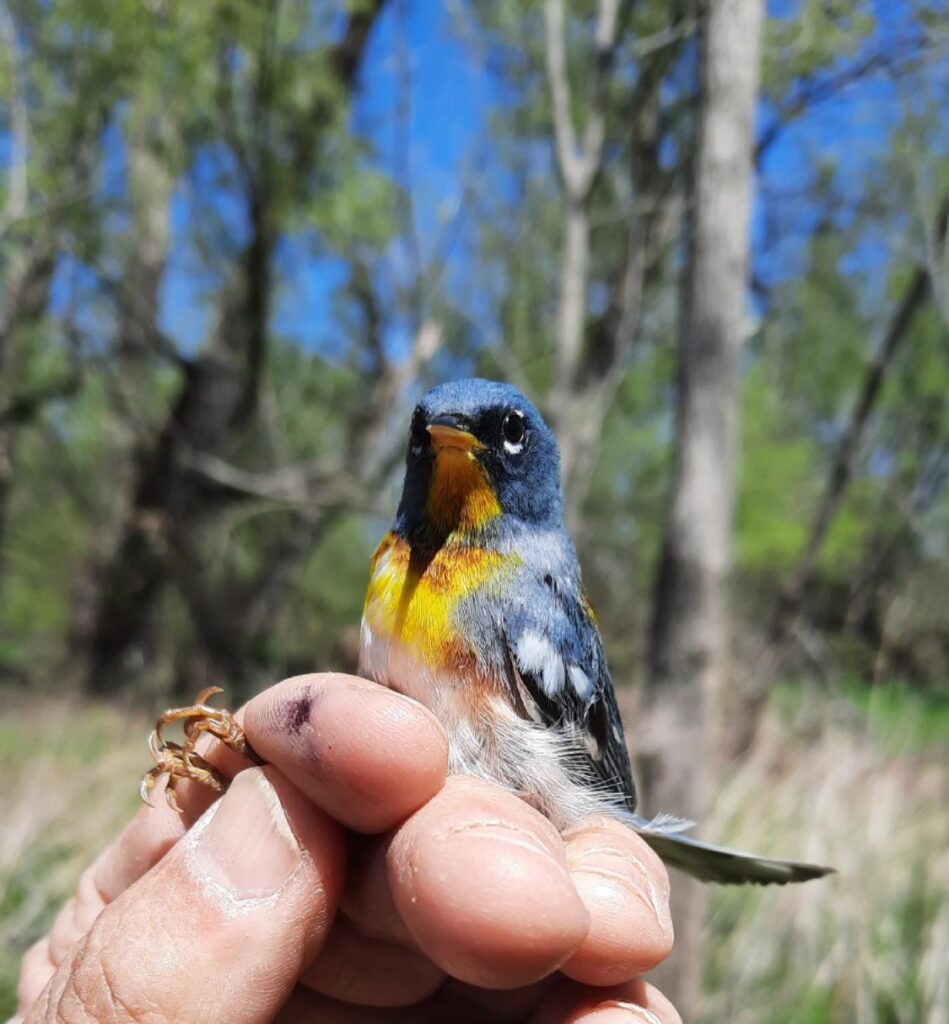
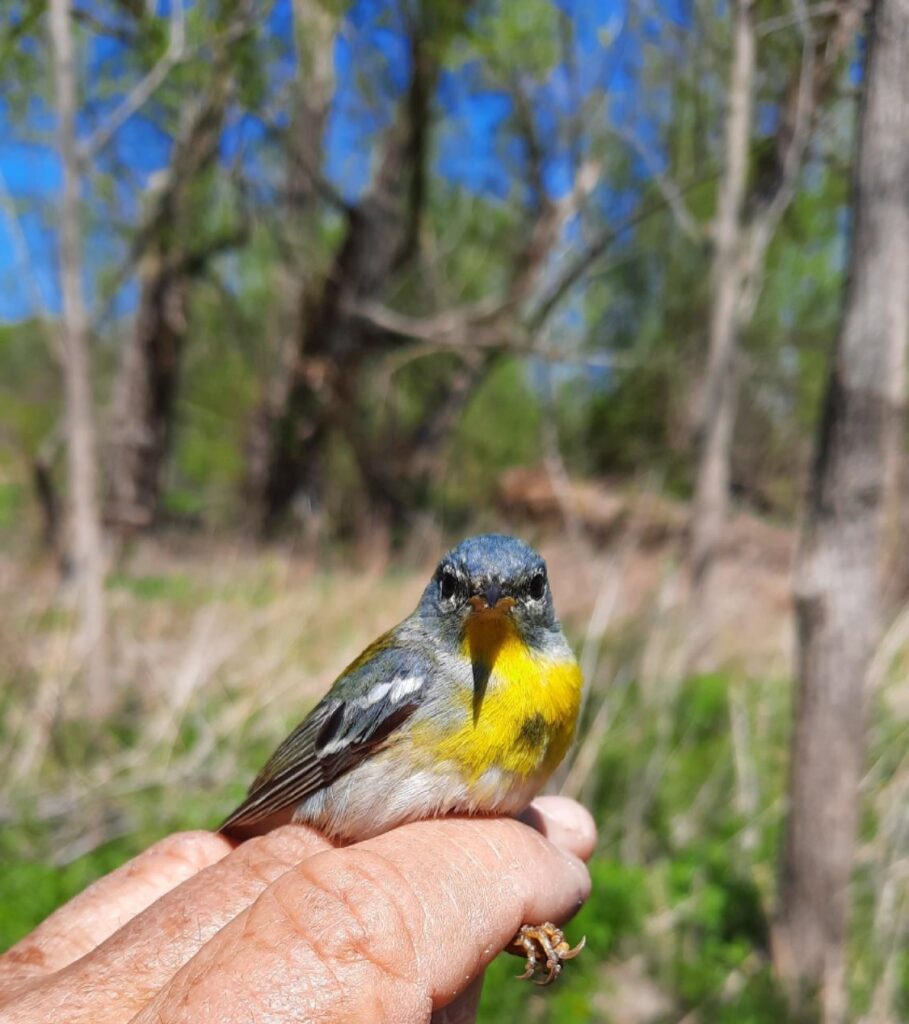
11 Yellow Warblers
3 Western Palm Warblers
4 Myrtle Warblers
2 Rose-breasted Grosbeaks
ET’s: 46 spp.
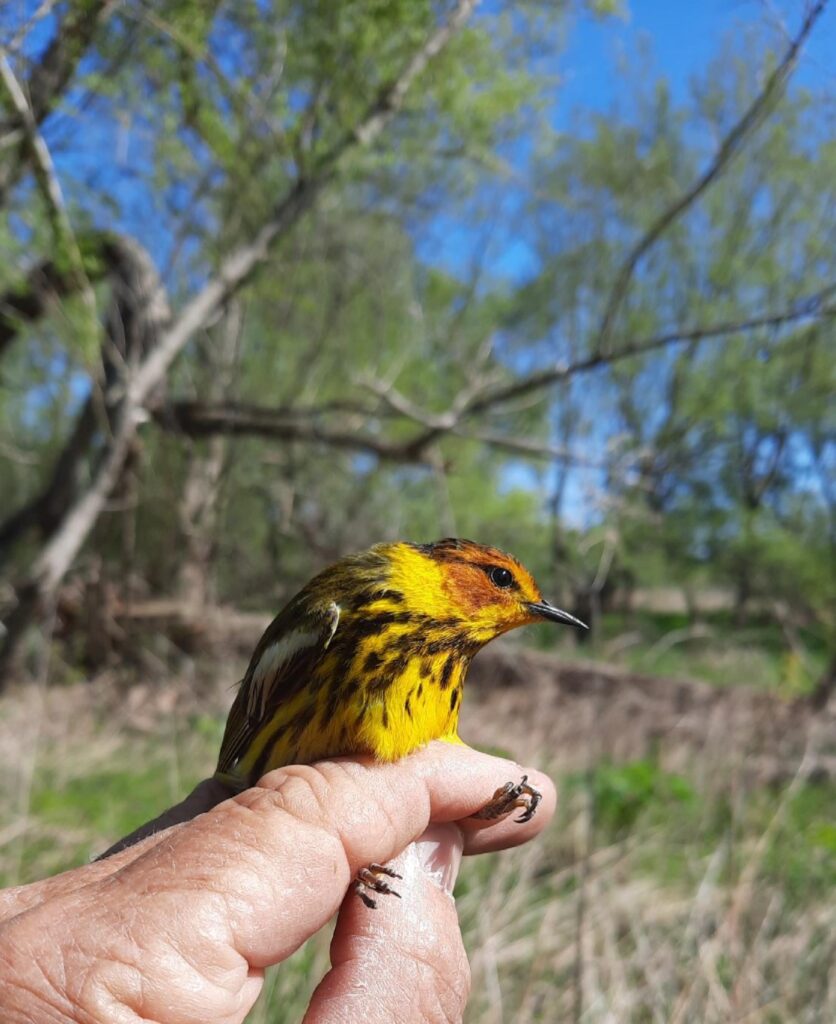
Rick
